Filters
Sightseeing
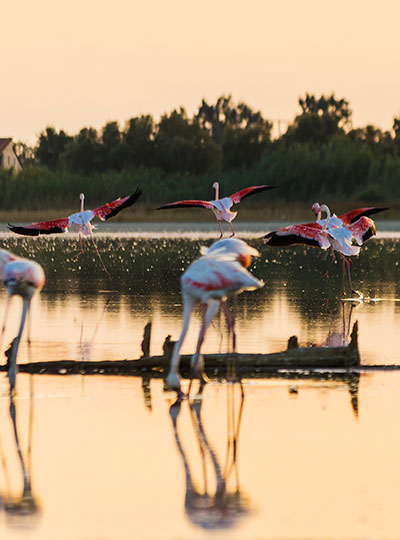
Alykes Tigaki Wetlands
The area called Alykes located between Tigaki and Marmari, where cooking salt was produced until 1989, is now a permanent lagoon with salty and brackish waters.
Read more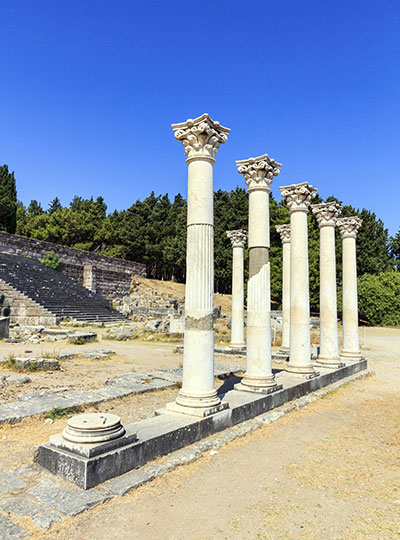
Asclepeion of Kos
The most famed archaeological site on the island of Kos from antiquity to today, the Asclepeion sits on the slopes of a low tree-covered hill that gazes out to the sea and the Turkish coast.
Read more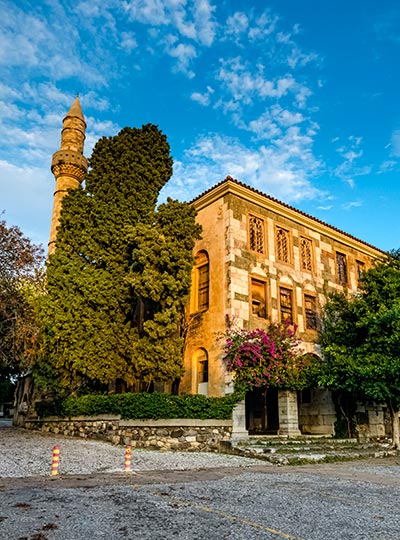
Mosque of Gazi Hasan Pasa (Loggia)
As its name suggests, the mosque was built by Gazi Hasan Pasa, the Ottoman admiral of the Kos island in 1786.
Read more
Bar Street in Kos town
Quiet in the morning, alive in the evening, “Bar Street” have a myriad of choices for your nightly entertainment, which often stretches on into the early morning hours.
Read more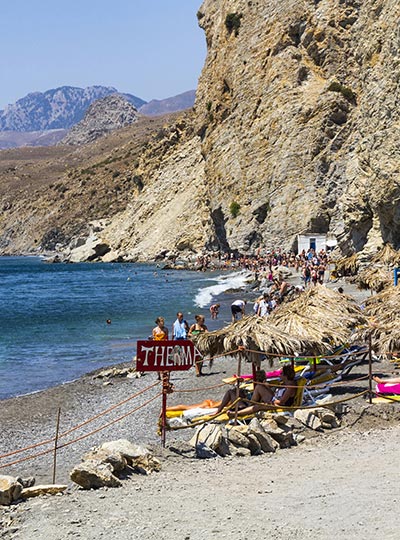
Thermal Springs
The most well-known are the hot waters of the therapeutic springs (Therma ) just past Agios Fokas, where the water temperature is at approximately 40ο C and contains a variety of beneficial elements
Read more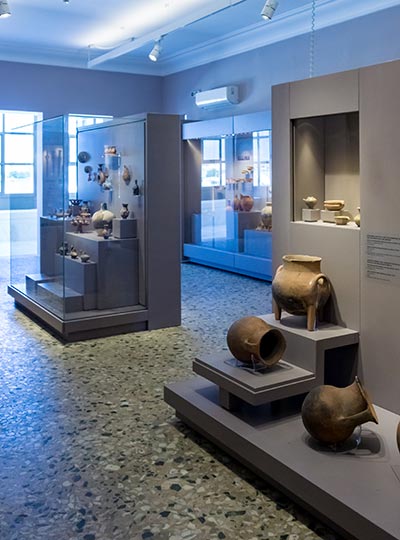
Archaeological Museum of Kos
The Archaeological Museum of Kos retains and exhibits the finds brought to light during various excavations around the island dating from the beginning of the last century.
Read more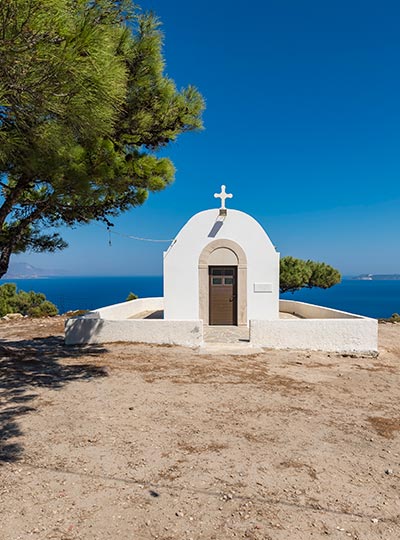
Agios Mamas, Kefalos
The church Agios Mammas in Kos is ideally situated 11 km south of Kefalos offering a unique view.
Read more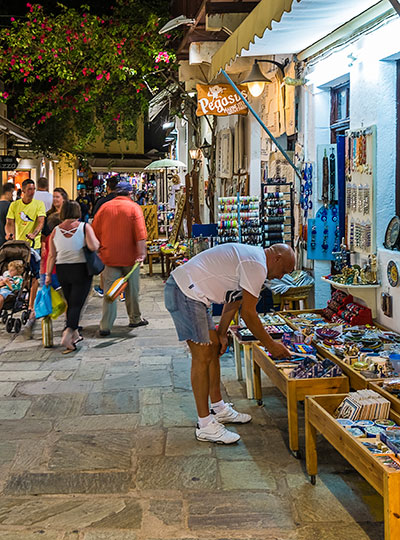
Old Town of Kos
One stroll through the Old Town of Kos is certainly never enough: in fact, while on the island, it is almost certain to become your favored place for shopping and dining.
Read more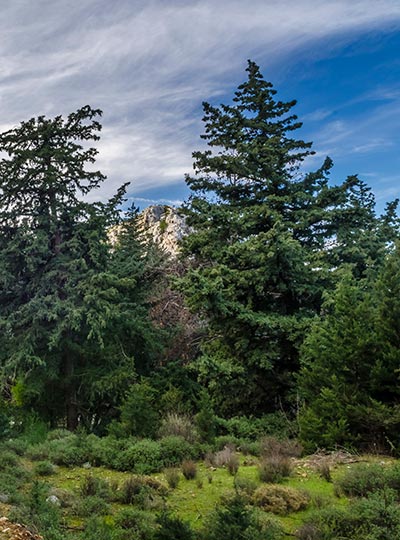
Mount Dikeos
With an altitude of 846 meters, Mount Dikeos is the highest mountain on the island of Kos. This limestone, marble, plutonite (igneous magmatic rock) and volcanic rock mass is covered in fragrant pine trees and brushwood
Read more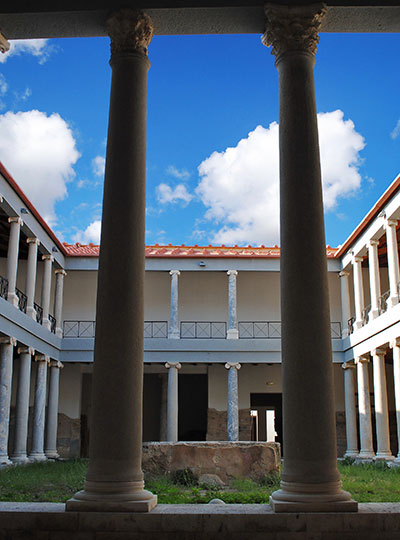
Casa Romana
The Roman House (Casa Romana), which most likely belonged to a prosperous islander, dates back to the Roman Imperial years, and is characterized not only by its large size (36 rooms) but also by its opulent decoration.
Read more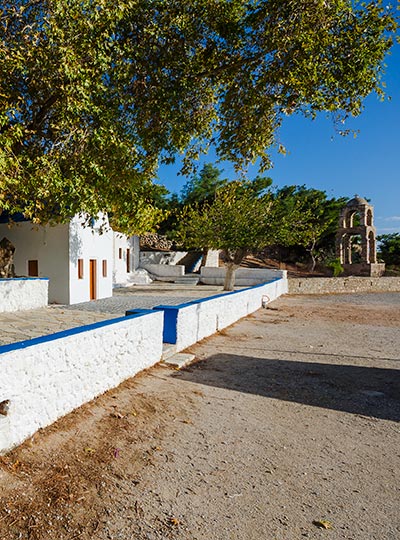
Monastery of Agios Ioannis
The monastery of Agios Ioannis stands 7 km south of the beautiful settlement of Kefalos. It is built in an idyllic setting among plane trees.
Read more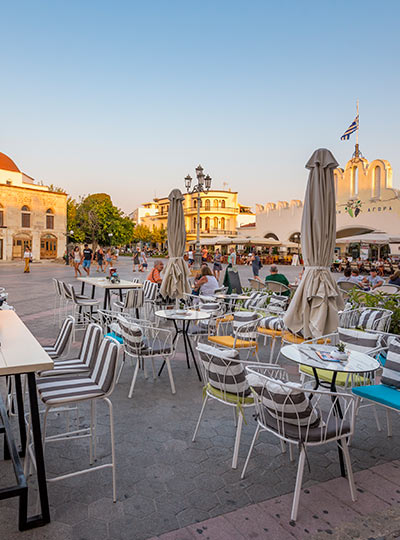
Platia Eleftherias (Freedom Square)
Laid out in 1933, Platia Eleftherias (Freedom square) the main square of the city of Kos is quite literally enclosed by history,
Read more
Plaka Forest
Near Antimachia, on your way to Kefalos don't miss the natural park called "Plaka Forest " where it is inhabited by peacocks making it a wonderful resting spot for picnic and photo opportunity with the beautiful birds.
Read more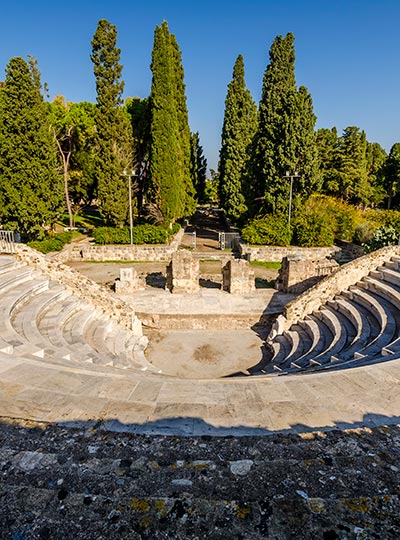
Roman Odeon of Kos
One of the most important historical sites on Kos, the Roman Odeon of Kos was probably built on the remains of an earlier building used for gatherings with a capacity of 750 seats.
Read more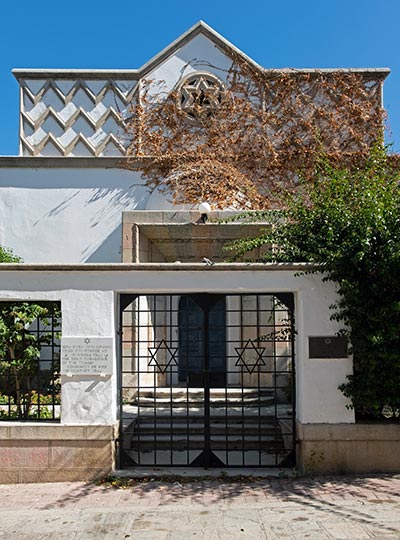
Jewish Synagogue
There was a Jewish community on Kos from at least the 2nd century BC, with an uninterrupted presence until the arrival of the Knights Templar who expelled them in the 14th century AD.
Read more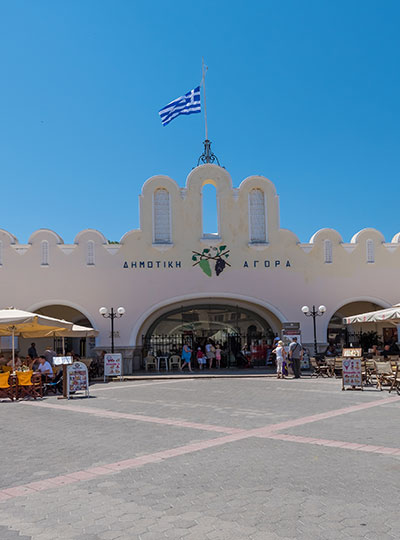
Municipal Market of Kos
Municipal Market of Kos (Μercato delle Erbe), the impressive Italian building is situated in Eleftherias Square (Kos town), the central square of the island, among other historic buildings.
Read more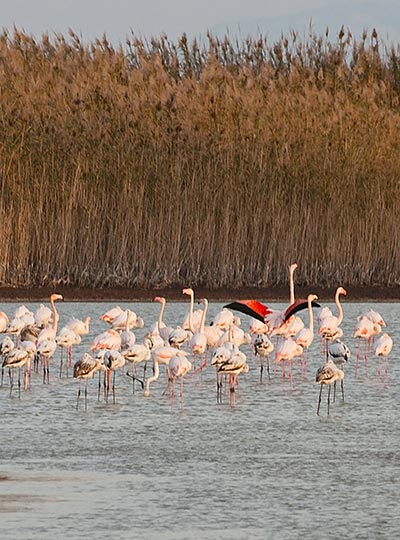
Psalidi Wetlands
In stark contrast to the extensive tourist infrastructure of the surrounding area, the brackish coastal lake of Psalidi is home to countless varieties and numbers of birds who live among its lush vegetation.
Read more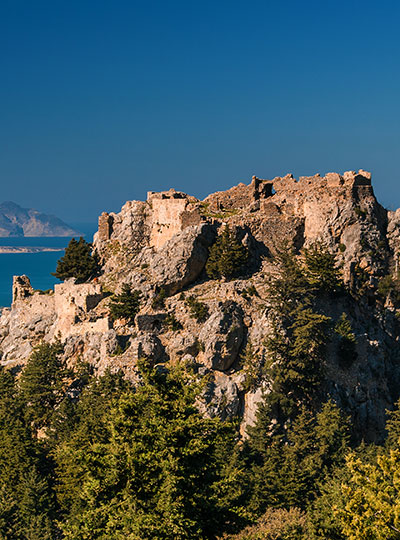
Paleo Pyli Fortress
The ruins of the acropolis of the abandoned Paleo Pyli (Old Pyli) settlement sit west of the Mount Dikeos range, standing proudly throughout the ages atop a rocky hill which affords expansive views .
Read more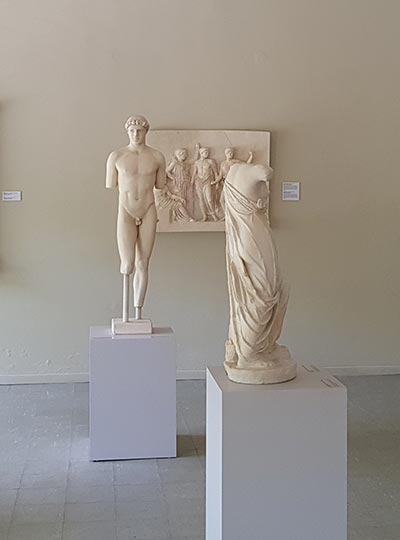
International Hippocratic Foundation
The aim of the International Hippocratic Foundation of Kos (IHFK) is to relay Hippocratic values all over the world. Hippocratic Botanical Garden, archeological finds, medical tools, conference room, and library.
Read more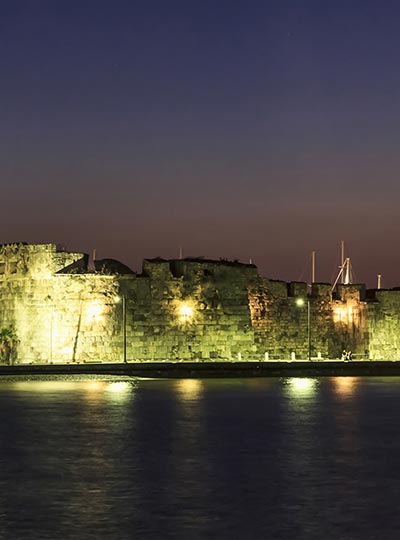
Neratzia castle
Neratzia Castle, is one of the most characteristic examples of Knights Templar architecture in the Dodecanese Islands, while its remains show traces of inhabitation dating as far back as the Mycenaean period.
Read more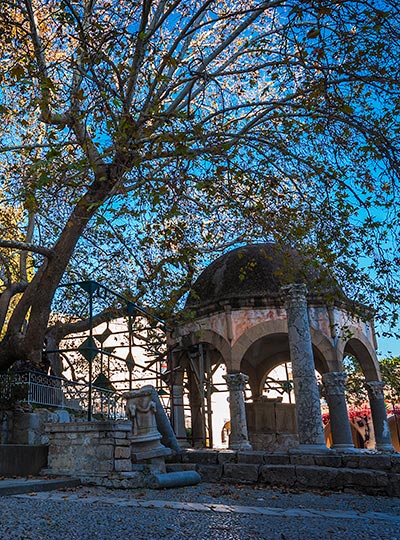
Plane Tree of Hippocrates
Close to the ancient agora stands an deep-rooted plane tree, known as the "Plane Tree of Hippocrates", which tradition asserts is the actual tree under whose shade Hippocrates taught the science of ...
Read more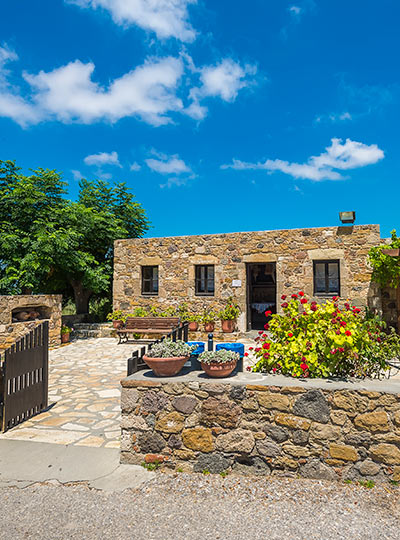
Traditional House of Antimachia
A house that is a veritable recreation of a traditional early 20th century dwelling yet built in 1980, the Traditional House of Antimachia takes visitors back to a time.
Read more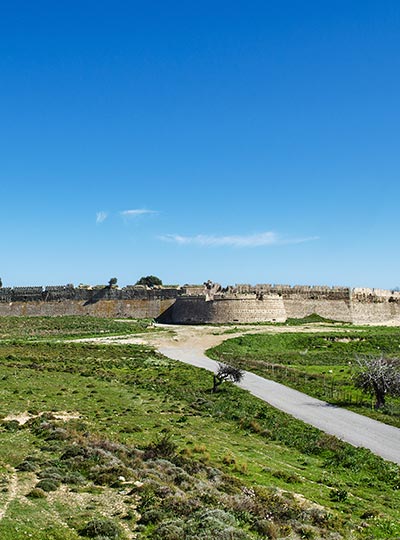
Antimachia Castle
A castle-fortress enclosing an entire settlement, Antimachia Castle “controlled” passage between the islands of Kos and Nisyros, one of the period’s most frequented trade route channels.
Read more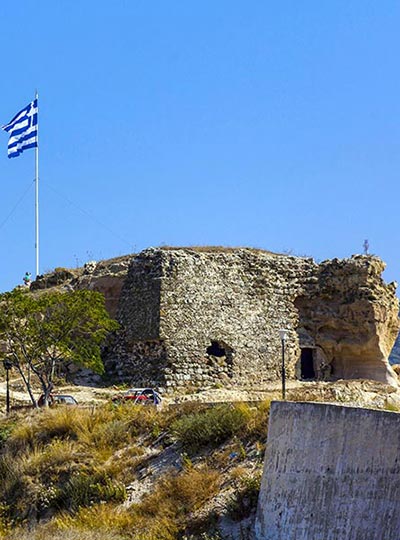
Kefalos Castle
On top of a hill on the southeastern end of Kefalos, where the island’s first capital city was located in antiquity, lie the Byzantine remains of Kefalos castle dating back to 1420.
Read more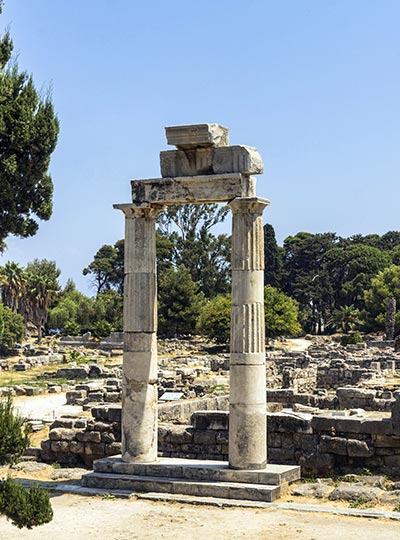
Altar of Dionysus
The Hellenistic altar of Dionysus, constructed in the island’s glory days of the 2nd century BC, is located near the ancient agora. One of the most important historical and artistic elements of the altar was the frieze.
Read more
Ancient Agora – Harbor
Outside the city’s fortification walls stands the ancient agora and harbor, safeguarded by its own protective wall that began from the city walls themselves and continued south enclosing the temples [...]
Read more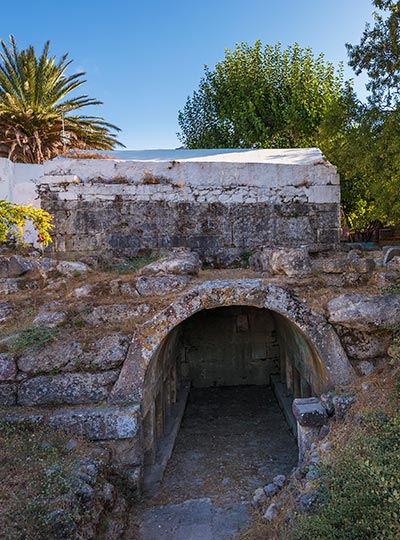
The Tomb of Harmylos
A fine tomb complex of the 3rd century BC Hellenistic period, dedicated to the 12 Olympian Gods as well as to the hero of the Harmyleon, Harmylos. The tomb of Harmylos was excavated by Herzog and Schazmann.
Read more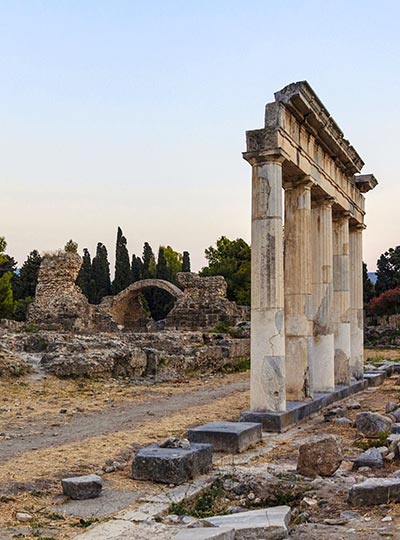
Western Archeological Zone
Opposite the ancient theater extends an exceptionally important archaeological area (zone), part of the city that was abandoned in the Middle Ages, during the time of the Knights of St. John.
Read more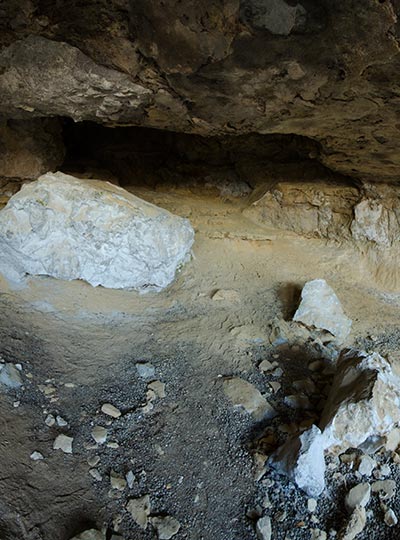
White Stone Cave “Aspri Petra”
Between 100 -140 million years old and standing at an altitude of 257 meters on the slopes of Mount Zini in the island’s south-western region of Kefalos, the impressive White Stone Cave.
Read more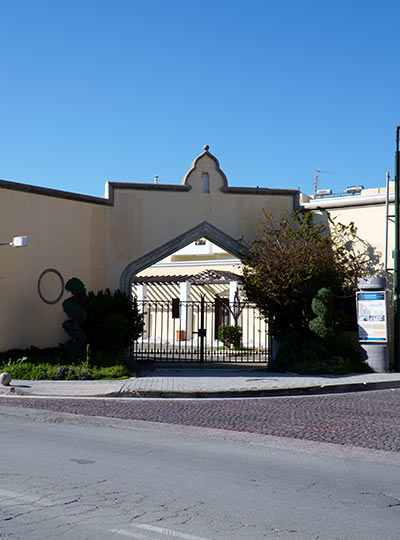
Historical & Folklore Museum of Kos
In Kos center, Grigoriou V' street, among important archaeological sites, such as Roman Odeum and Casa Romana, one can visit “Hani”, aka Historical and Folklore Museum.
Read more

